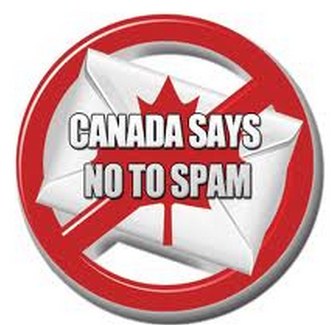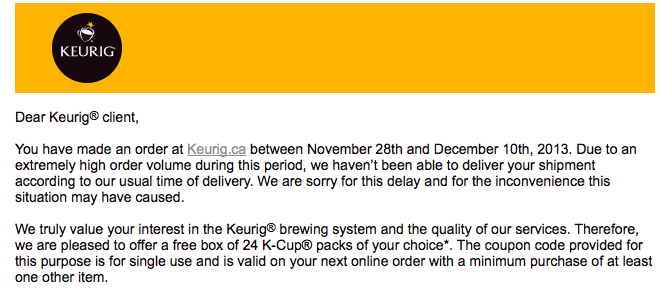6 Marketing Trends to Watch in 2014
Every day marketers are looking for the next big thing. Knowing what will be “the” next big thing is hard to say. From experience I can say that there are a few things that I am watching very carefully this year. In fact there are 6 marketing trends that I am watching in 2014:
1. Social Media Is Part of An Integrated Solution
Since social media emerged, different disciplines have been battling to take ownership. In 2014, I believe that most organizations will mature enough to realize that the disruption that has been experienced is throughout the organization and not just in one area such customer service or marketing. Rather, social should and must be looked at as a part of an integrated management solution and not in a silo.
2. Mobile is No Longer An After Thought
There is no question that I believe 2014 will be the year of mobile. Despite this it wasn’t that long ago that companies were putting mobile second or as a next phase in their online strategy. In fact, I can think of at least one very innovative and leading company who unfortunately opted for social to be an after thought when launching a new website. Despite warnings, the plan was not changed. Sure enough, their customers called them out on the faux pas. It was a lesson that they will not repeat.
3. Second Screen Gains More Importance
Adding to the importance of mobile, the second screen is going to continue to gain prominence. The question will be how well marketers leverage the use of second screen. With approximately 88% of U.S. consumers using a second screen, what will be the potential impact be for online purchases, social channel conversations, etc? There is great potential.
4. Hyperlocal Comes Full Circle and Community Will Re-Emerge
Mobile and second screen further enhances the opportunity that is presented by being able to be hyperlocal. In fact, with the opportunity for focusing on local markets, I believe that many organizations will come to the realization that they need to renew their focus on building and maintaining online communities. In 2013 some companies veered away from their communities. If they really want to leverage hyperlocal, they need to rethink that missed move.
5. Video
Video consistently proves to be the most clickable and sharable content. What some companies miss however is that it does not have to be the high production that we once loved. As long as it is easel digestible people will look at it. Think short quality content and/or messages. Flashy high production might lead people to miss the message or question the validity of what you might be trying to accomplish.
6. Trust/Influence
Marketers have a lot of tools in the toolbox. What marketers will need to come to terms with sooner than later is that the average consumer is becoming harder to influence and as a result they have become less trusting of both traditional and non traditional marketing. Marketers of all sizes and shapes will have to work harder to ensure that their actions don’t result in mistrust and lawsuits such as some that Facebook has been experiencing.
Do you agree with my observations? What would you add to the list?











